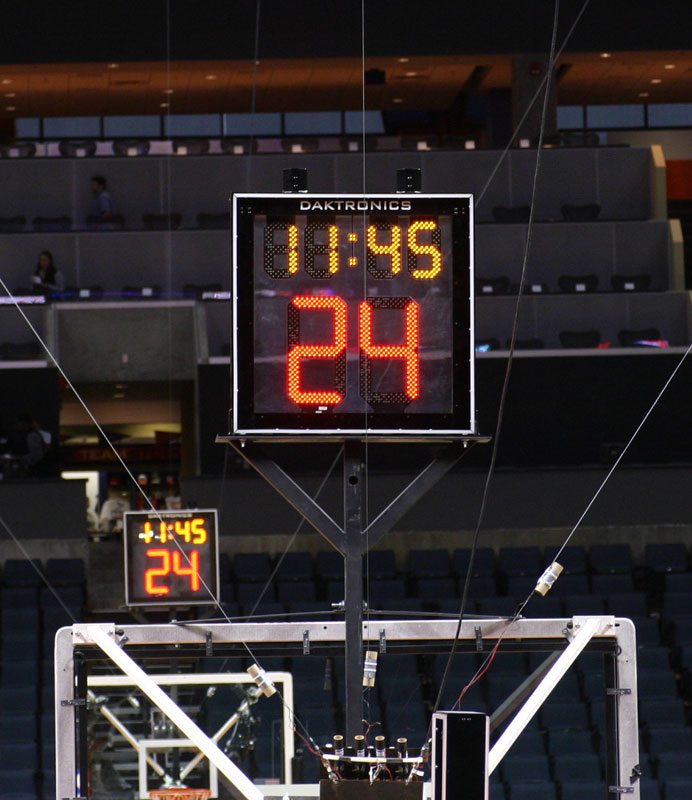Home »
Misc »
How long is the shot clock in basketball
How long is the shot clock in basketball
RULE NO. 7: Shot Clock
Search for:
Section I—Definition
The ‘shot clock’ shall refer to the timing device that displays a countdown of the time within which the team possessing the ball must attempt a field goal. The shot clock shall start at 24 seconds unless otherwise provided in Rule 7. The shot clock shall be displayed in seconds, except tenths of seconds will also be displayed once the shot clock reaches 4.9 seconds.
Section II—Starting and Stopping of Shot Clock
- The shot clock will start when a team gains new possession of a ball which is in play.
- On a throw-in, the shot clock shall start when the ball is legally touched on the court by a player.
- Following a jump ball or missed free throw, the shot clock shall start when new possession is obtained.
- After gaining possession of the ball, a team must attempt a field goal before the shot clock expires. To constitute a legal field goal attempt, the following conditions must be complied with:
- The ball must leave the player’s hand prior to the expiration of the shot clock.
![]()
- After leaving the player’s hand(s), the ball must make contact with the basket ring.
- A team is considered in possession of the ball when holding, passing or dribbling. The team is considered in possession of the ball even though the ball has been batted away but the opponent has not gained possession.
- Team possession ends when:
- The ball hits the rim of the offensive team
- The opponent gains possession
- If a ball is touched by a defensive player who does not gain possession of the ball, the shot clock shall continue to run.
- If a defensive player is the last to touch the ball before going out-of-bounds or entering the basket ring from below, the shot clock is stopped and the offensive team shall be awarded the ball. The offensive team shall have only the unexpired time remaining on the shot clock in which to attempt a field goal. If the shot clock reads 0, a shot clock violation has occurred, even though the horn may not have sounded.
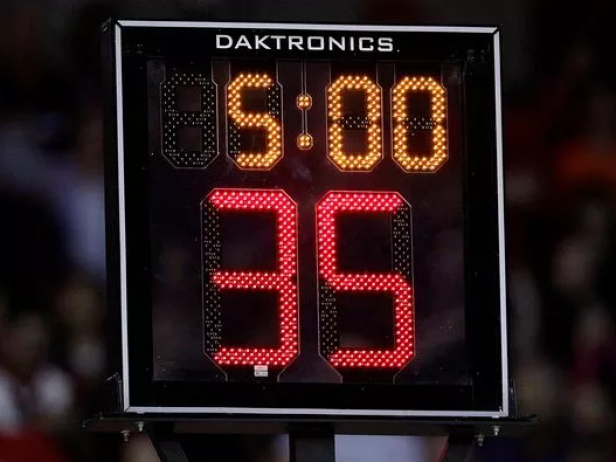
- If during any period there are 24 seconds OR LESS left to play in the period, the shot clock shall not function following a change of possession; provided, however, the shot clock shall be reactivated and reset to 14 seconds when any of the situations described in Section IV—d below occur.
- If an official inadvertently blows his/her whistle and the shot clock buzzer sounds while the ball is in the air, play shall be suspended and play resumed by a jump ball between any two opponents at the center circle, if the shot hits the rim and is If the shot does not hit the rim, a shot clock violation has occurred. If the shot is successful, the goal shall count and the ball inbounded as after any successful field goal. It should be noted that even though the official blows his/her whistle, all provisions of the above rule apply.
- If there is a question whether or not an attempt to score has been before the shot clock expires, the final decision shall be made by the of See Rule 13—Section I—a—8.

- Whenever the shot clock reads 0 and the ball is dead for any reason other than a defensive three-second violation, kicking violation, punched ball violation, personal foul or a technical foul by the defensive team, a shot clock violation has occurred.
Section III—Putting Ball In Play After Violation
If a team fails to attempt a field goal within the time allotted, a shot clock violation shall be called. The ball is awarded to the defensive team on the sideline, nearest the spot where play was suspended but no nearer to the baseline than the free throw line extended.
Section IV—Resetting Shot Clock
- The shot clock shall be reset when a special situation occurs which warrants such action.
- The shot clock is never reset on the following:
- Defensive player is the last to touch the ball before going out-of-bounds or entering the basket ring from below
- Technical fouls or delay-of-game warning on the offensive team
- Jump ball is retossed as a result of a poor toss, double violation or correctable error
- Suspension-of-play (except for infection control)
- Field goal attempt which fails to touch the rim
- Jump balls which are the result of a held ball caused by the defense
- The shot clock shall be reset to 24 seconds anytime the following occurs:
- Change of possession from one team to another
- Personal foul where ball is being inbounded in backcourt
- Violation where ball is being inbounded in backcourt
- Jump balls which are not the result of a held ball caused by the defense
- All flagrant and punching fouls
- The shot clock shall be reset to 14 seconds anytime the following occurs:
- The offensive team is the first to gain possession after an unsuccessful free throw that remains in play, or an unsuccessful field goal attempt that contacts the basket ring
- A loose ball foul is called on the defensive team in the sequence immediately following an unsuccessful free throw that remains in play, or an unsuccessful field goal attempt that contacts the basket ring; provided that, as a result of the foul, the offensive team inbounds the ball in the frontcourt (NOTE: If, as a result of a defensive foul, the offensive team inbounds the ball in the backcourt, Rule 7—Section IV—c—2 applies)
- The offensive team retains possession after the ball goes out of bounds in the sequence immediately following an unsuccessful free throw that remains in play, or an unsuccessful field goal attempt that contacts the basket ring
- NOTE: For purposes of Rule 7—Section IV—d only, an “unsuccessful field goal attempt that contacts the basket ring” shall include any live ball from the playing court that contacts the basket ring of the team which is in possession.

- The shot clock shall remain the same as when play was interrupted or reset to 14 seconds, whichever is greater, anytime the following occurs:
- Personal foul by the defense where ball is being inbounded in frontcourt EXCEPTION: Rule 7—Section IV—d—2
- Defensive three-second violation
- Technical fouls and/or delay-of-game warnings on the defensive team
- Kicked or punched ball by the defensive team with the ball being inbounded in the offensive team’s frontcourt
- Infection control
- Jump balls retained by the offensive team as the result of any violation by the defensive team during a jump ball which results in a frontcourt throw-in
What is a Shot Clock in Basketball - What is the Penalty?
In basketball, a shot clock violation occurs when a player on the offensive team fails to attempt a field goal before the shot clock runs out. This rule’s design increases the flow of a basketball game, making it more entertaining for fans who want to watch a high-scoring game.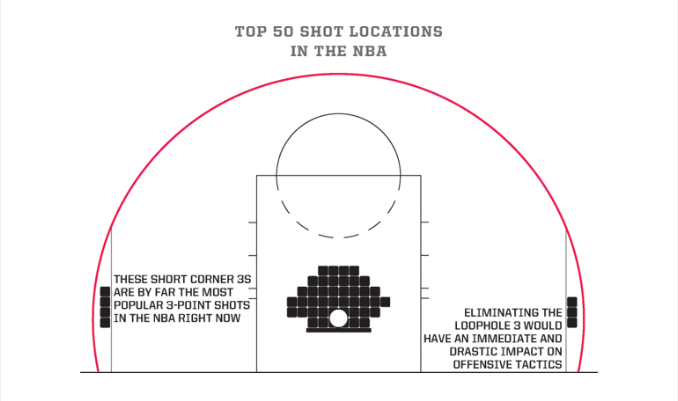 Here is the complete breakdown of a shot clock violation and more during a basketball game.
Here is the complete breakdown of a shot clock violation and more during a basketball game.
What is the Shot Clock in Basketball?
In basketball, the shot clock timer starts when the offensive team claims possession of the ball and counts down until that team makes a shot and attempts a field goal. In the NBA, the shot clock is 24 seconds. There is also a 10-second shot clock reserved for free throws.
The physical shot clock sits on top of the backboard of each net. This position makes it easy to see whether the player made a field goal attempt before the shot clock reaches zero. Depending on the team or institution, there may be additional timing devices on the scoreboard.
When Did the Shot Clock Enter the NBA?
1954 was when the shot clock officially entered the NBA. The shot clock creates more action since the other team can’t stall, which helped the NBA gain a broader audience. The shot clock in the NBA and WNBA is 24 seconds.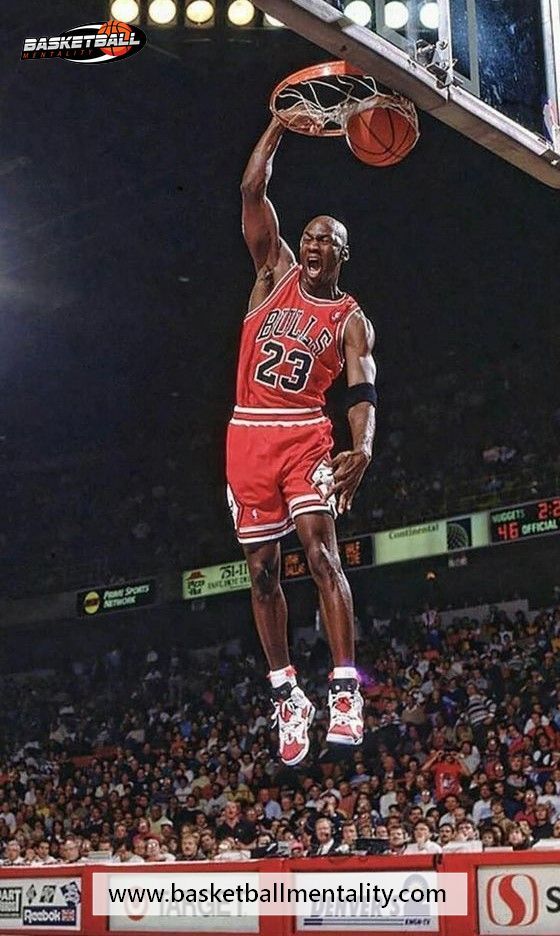
When Did the Shot Clock Enter College Basketball?
For college basketball, the shot clock began in the 1985-1986 season. Initially, the shot clock was 45 seconds but then 35 seconds for the 1993-1994 season. During the 2015-2016 season, the shot clock went down to 30 seconds.
How Is the Shot Clock Used in a Game?
Basketball rules state that the shot clock only starts after receiving an inbound pass during a throw-in. The shot clock resets when a team shoots the ball or there is a change of possession. The shot clock also resets after the ball is inbounded into the backcourt (a personal foul) and after a jump ball resulting from a held ball.
Explanation of the Shot Clock Reset
If an offensive player makes a shot at the net and then a player on the same team recovers the offensive rebound, the shot clock operator will only reset the timer to 14 seconds to encourage another shot attempt. If the offensive team maintains control of the ball, the clock will only go to 14 seconds, regardless of how many shots they take.
How the Shot Clock Differs in Different Leagues
The NBA and WNBA have a 24-second clock, while the NCAA has a 30-second clock. This extra 6 seconds on the clock allows players to take more time establishing offensive plays and making good shot attempts. The 30-second clock is as of the 2015-2016 season.
There is no standardized use of a shot clock in high school basketball. Instead, the National Federation of State High School Associations (NFHS), the governing body of high school basketball, allows each state to dictate whether or not shot clocks are part of the game. If a state chooses to use a shot clock in its games, the federation allows for a 35-second shot clock.
What is the Penalty for a Shot Clock Violation?
If a team fails to take a shot before the clock runs out, the shot clock will show 0.0, and a buzzer will sound, letting everyone know that time has expired. At this point, the shot clock rule states that the team on offense is penalized by a change in possession and must turn the ball over to the defensive team. Turnovers from a shot clock violation are 24-second turnovers.
Turnovers from a shot clock violation are 24-second turnovers.
These violations are in the record books as team turnovers. However, there is a misconception by many players that think that it’s a personal turnover. This misconception causes some players to give up the ball at the last second or throw it away to an unlucky player. This practice “throwing a grenade” is the expression since a violation happens a few seconds after that teammate passes the ball to someone else.
Passing a ball with less than 5 seconds on the shot clock is sometimes disrespectful and can cause problems with cooperation on the team. Some coaches, like Chris Finch, head coach of the New Orleans Pelicans, suggest that some players who are upset about receiving a “grenade pass” should let the pass go out of bounds since receiving the inbounds pass will result in a shot clock violation.
Why is There a Shot Clock in Basketball?
Early in its history, the NBA had low-scoring contests, and winning teams often ran out the clock by dribbling and passing instead of shooting the ball.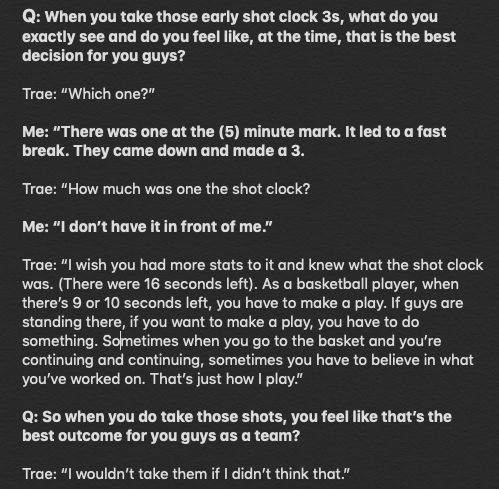 The worst example of this was a game in November 1950 between the Fort Wayne Pistons and the Minneapolis Lakers, ending with a 19-18. The game concluded with only four points scored in the fourth quarter.
The worst example of this was a game in November 1950 between the Fort Wayne Pistons and the Minneapolis Lakers, ending with a 19-18. The game concluded with only four points scored in the fourth quarter.
Danny Biasone, head coach of the Syracuse Nationals, tested a 24-second shot clock during practices in 1954. When developing the right number of seconds for a shot clock, Biasone observed how many shots were taken during exciting, high-scoring games. He found that those games often had about 120 combined shots, and that amount of shooting over a 48-minute game came to about one shot every 24 seconds.
Initially, players were nervous that they had to shoot the ball quickly since a clock ran down. However, once players adapted to 24 seconds, teams and coaches began drawing up plays for that period. Drawing specific plays led to a more exciting product on the court, which the shot clock attempted to achieve.
Reaction to the Shot Clock
The adoption of the shot clock was one of the most well-liked rule changes in basketball. It immediately translated to a more athletic and transitional style of play, which made games more exciting. It also increased scoring. After the first year of use, the average points per game increased by 17%, making it an overnight success.
It immediately translated to a more athletic and transitional style of play, which made games more exciting. It also increased scoring. After the first year of use, the average points per game increased by 17%, making it an overnight success.
Conclusion: What is a Shot Clock / Shot Clock Violation in Basketball?
If there has been a single rule change that has made the game of basketball more exciting, it’s the shot clock rule. The 24-second shot clock is essential in making basketball exciting and fast-paced. Now, the next time you see 0.0 above the net, you’ll know why this single rule is so vital to the flow of the game.
Similar PostsWhat is a Triple-Double in Basketball?
Basketball Field Goal
What is a Charge in Basketball?
What is a Free Throw in Basketball?
How Long is a Basketball Game?
What Does a Bonus Mean in Basketball?
Basketball Rebound
What is a Backcourt Violation in Basketball?
Flagrant Foul in Basketball
What is an Assist in Basketball?
What is a Screen in Basketball?
The Paint in Basketball
What is Goaltending in Basketball?
Basketball Slam Dunks
What is a Double Dribble in Basketball?
Rule "24 seconds" in basketball: the essence and features of the rule
An important role in the competition is played by the 24 second rule, which athletes must comply with.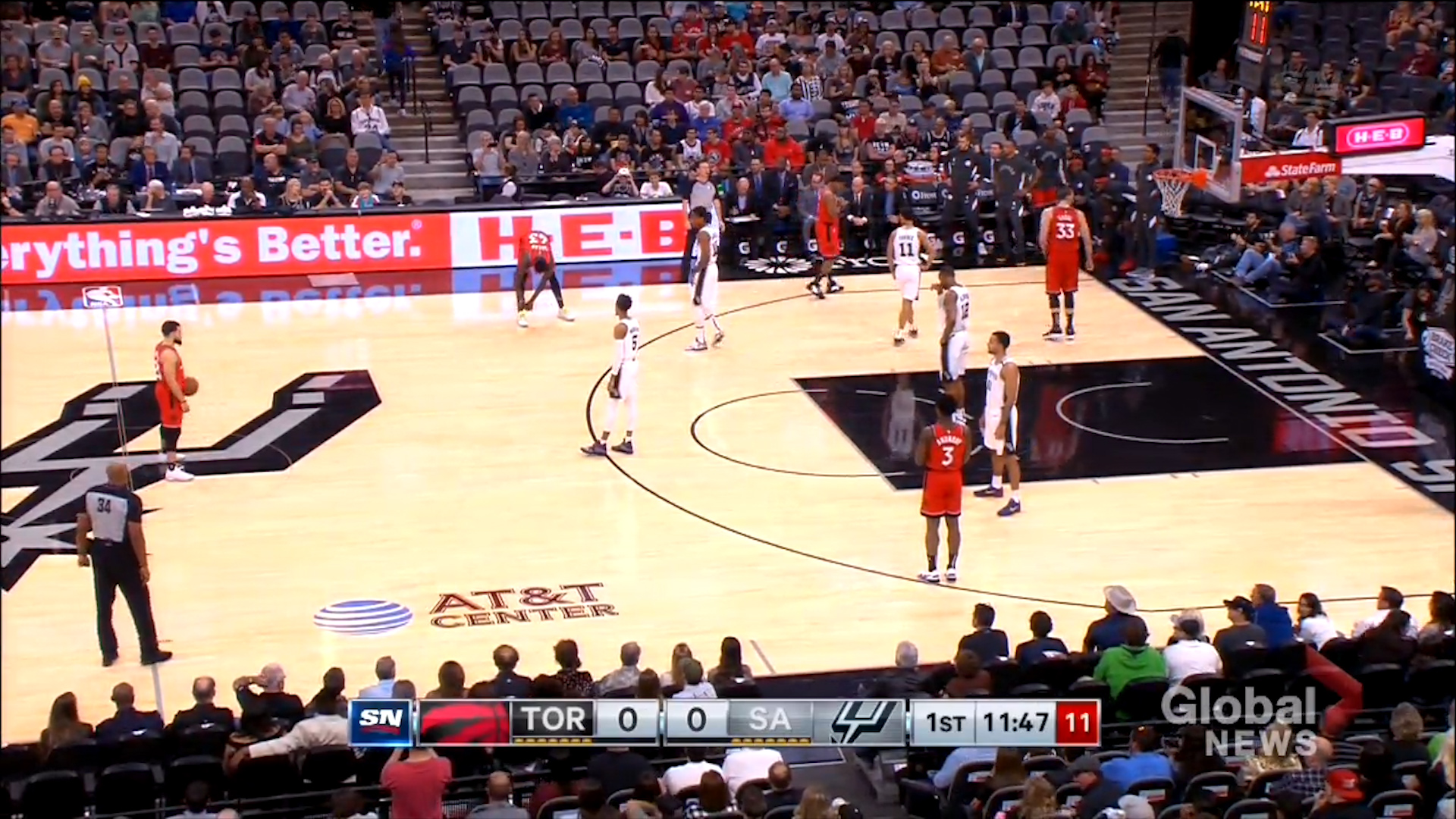 A player or team must complete the throw within 24 seconds on 2 occasions:
A player or team must complete the throw within 24 seconds on 2 occasions:
- If a basketball player has gained control of the ball.
- If the ball has touched a player or an athlete has touched the ball while the team is still in control of the ball.
Rule 9 conditions0011
For a 24 second roll to be considered completed, 2 conditions must be met simultaneously:
- The ball is out of the player's hands before the shot clock signal.
- Immediately after the ball is out of hand, it hits the basket or touches the basket.
There are cases when the ball can be thrown just before the end of the 24 second period. Then the sound of the timer is heard at the moment when the ball flies into the ring and is in the air. In these cases, it all depends on the circumstances:
- If the ball went into the basket, then its hit is counted without violations.
- If the ball touches the ring but does not enter the basket, the match continues and the gong is ignored.

- If the ball does not touch the ring and goes past, a violation is counted. But if at the same moment the opposing team takes control of the ball, then the match continues.
All obstacles that could interfere with the ball are taken into account.
Sometimes, in addition to the sound signal, a shot timer light signal is also given. To do this, the board around the entire perimeter must be equipped with a yellow light signal.
What happens when a match is stopped?
If the referee stops the match, the shot clock is cancelled. This happens in several cases:
- the team that was not in control of the ball committed a foul or violation but did not release the ball into touch;
- The team not in control of the ball has any good reason;
- circumstances beyond the control of any of the athletes.
The ball is passed to the team that previously had control of the ball. The ball can then be dropped in either the backcourt or frontcourt.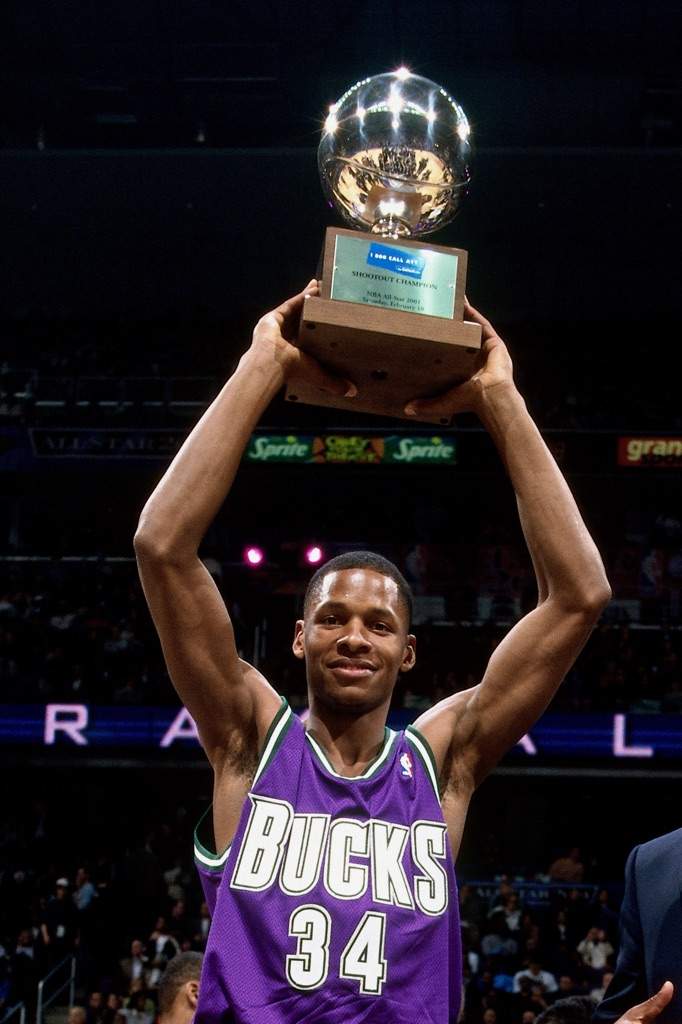 If this happens in the backcourt, then by 24 seconds the timer will be cancelled.
If this happens in the backcourt, then by 24 seconds the timer will be cancelled.
On a frontcourt throw-in, different options may arise:
- If the timer indicates that there are 13 seconds or less left before the end of the period, then the timer is reset to 14 seconds.
- If 14 seconds or more remain until the end, the timer is not reset. The countdown continues from the moment of pause.
The number of seconds remains the same from the moment the game is stopped until the end of this pause.
The timer is not reset if it would put one of the teams in unequal conditions.
Get new forecasts: Vkontakte and Telegram .
The team in control of the ball commits a violation or foul (including an out). The referee stops play and allows the opposing team to throw the ball in. In this case, the timer must be reset.
The other offensive team may be awarded a throw-in under the alternating possession rules. Then the timer is also cancelled.
Then the timer is also cancelled.
Throw-in eligible:
- in frontcourt - timer reset to 14 seconds;
- in the backcourt - reset to 24 seconds.
Restart procedure
The game resumes at the location closest to where it left off. From the moment the match is resumed, the timer continues to count down.
The method of restarting the game is determined by the head coach. The ball must return to play where it left off. This can take place in the backcourt or frontcourt. The return is made when the game clock shows 2:00 minutes or less after the timeout.
How a throw-in is administered after a time-out:
- in frontcourt - countdown continues;
- in the backcourt - if the timer has less than 13 seconds left, it will be canceled up to 14 seconds; if more than 14 seconds remain, the countdown continues.
Throw-in after violation or foul (not out):
- in advanced - reset to 14 seconds;
- in the rear - reset to 24 seconds.
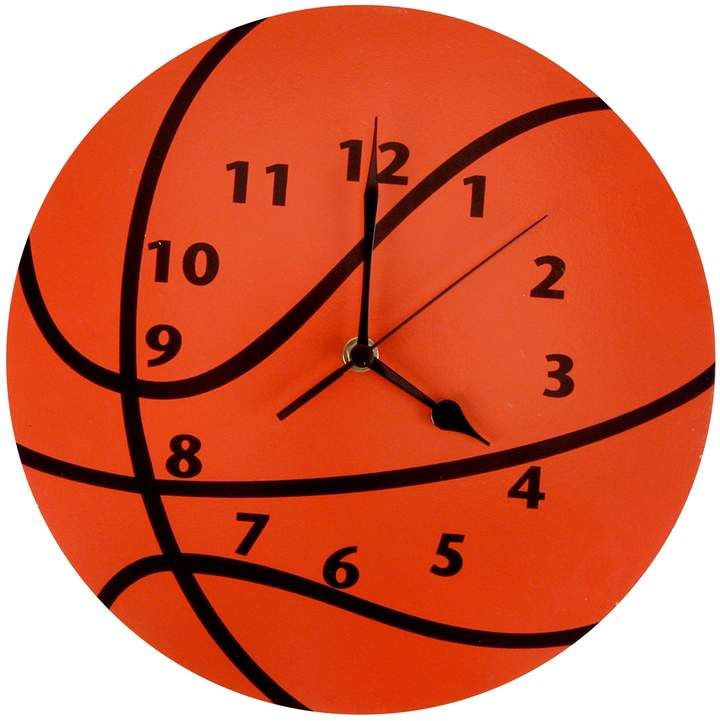
Throw-in after a time-out taken by the team that gained control of the ball:
- advanced - reset to 14 sec.;
- rear - reset to 24 sec.
As punishment for unsportsmanlike conduct or a disqualifying foul, a team must recover the ball from the frontcourt throw-in line. The timer resets to 14 seconds.
When the ball touches the opposing team's basket ring, the timer can be reset in different ways:
- By 14 seconds - if the ball is still controlled by the team that took the throw.
- By 24 seconds - if the opposing team has gained control of the ball.
The gong must be ignored if it sounds when no one is in control of the ball or when it is in possession of one of the teams.
All about basketball
The evolution of basketball in the 20th century Basketball has been constantly changing over time. Changes have affected both the appearance of the form of basketball players and.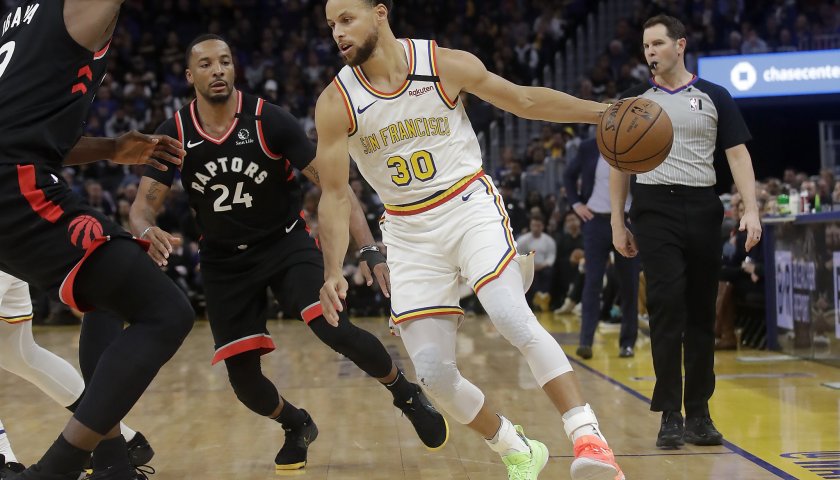 ..
..
What does FIBA mean in basketball? In order to organize and streamline competitions in basketball, which gained popularity by the thirties of the past ...
Time-outs in streetball (3x3 basketball): number, duration, television Each team can have one time during the game...
How to develop speed at home? Agility and speed are the qualities that distinguish a good basketball player from...
Basketball Dictionary
Basketball number 93 Famous basketball player Mustafa Fall played under number 93. Mustafa Fall Fall - French professional...
The 14 second rule What is the “14 second rule” in basketball? What is the 14 second rule? The 14 second rule is the time to...
39th number in basketball Traditionally, the number 39 in basketball has long been not tied to any particular position on. ..
..
60th number in basketball The sixtieth number occurs among basketball players is not as common as others. However, among all players,...
All about sports
Famous fans of FC Shakhtar Donetsk For many years Shakhtar Donetsk has been representing Ukraine with dignity on the international arena: it has won... attacks and threatens the opponent's goal from...
Game delay due to goal celebration in ice hockey: permitted actions Competitors on the bench are allowed to...
Time-Match Generator Time-Match - a type of bet on football, which offers the player to guess how the first half and the match will end. Total...
basketball: clock and time
How long is a basketball game?
Basketball is played for a certain amount of time. Different leagues and levels of play vary:
- High School - High school basketball games consist of four 8-minute quarters or two 16-minute quarters.

- College - NCAA college basketball games consist of two 20-minute halves. The same for WNBA and international games.
- NBA - NBA games consist of four 12-minute quarters.
What time is the clock?
The clock runs whenever the ball is in play. The clock is stopped whenever the ball goes out of bounds, a foul is called, free throws are taken and during time-outs. When the ball is in the strike zone, the clock starts as soon as the player touches the ball.
In the NBA, the clock stops after a hit made during the last two minutes of play and overtime. In college, he stops in the last minute of the game and in overtime.
Over time
If the game is tied at the end of regular time, extra time will be played. In most leagues, overtime is 5 minutes. Additional overtimes will be added until one of the teams is at the top.
Shot clock
A shot clock has been added to speed up the game and prevent teams from stopping.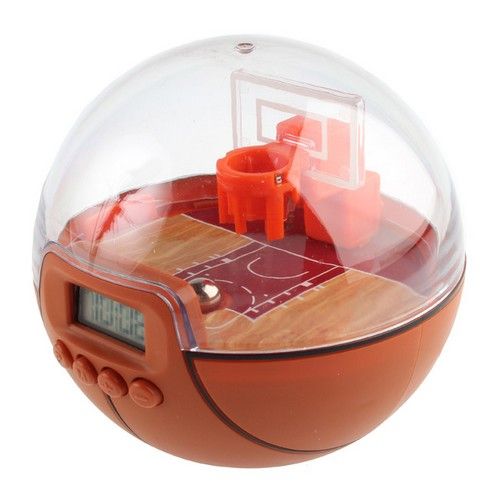 This is how long you need to shoot the ball. If the ball goes into possession or goes into the basket, the shot clock restarts. Shot timer length varies by basketball league:
This is how long you need to shoot the ball. If the ball goes into possession or goes into the basket, the shot clock restarts. Shot timer length varies by basketball league:
- NCAA College Men - 35 seconds
- NCAA College Women - 30 seconds
- NBA - 24 seconds
Not all states have high school shot clocks. Where they do, they usually follow NCAA rules.
Timeouts
30 second timeout signal
To give your team a break, call a game, or simply stop play for a while, teams can call a timeout. Different leagues have different time-out rules:
Middle School - The players on the court or the coach may call a time-out. There are five time-outs per game, including three 60-second time-outs and two 30-second time-outs.
NCAA College - There is a different number of timeouts depending on whether the game is on TV or not. This is because there are media timeouts during a TV game, so ads can be shown on the TV channel.